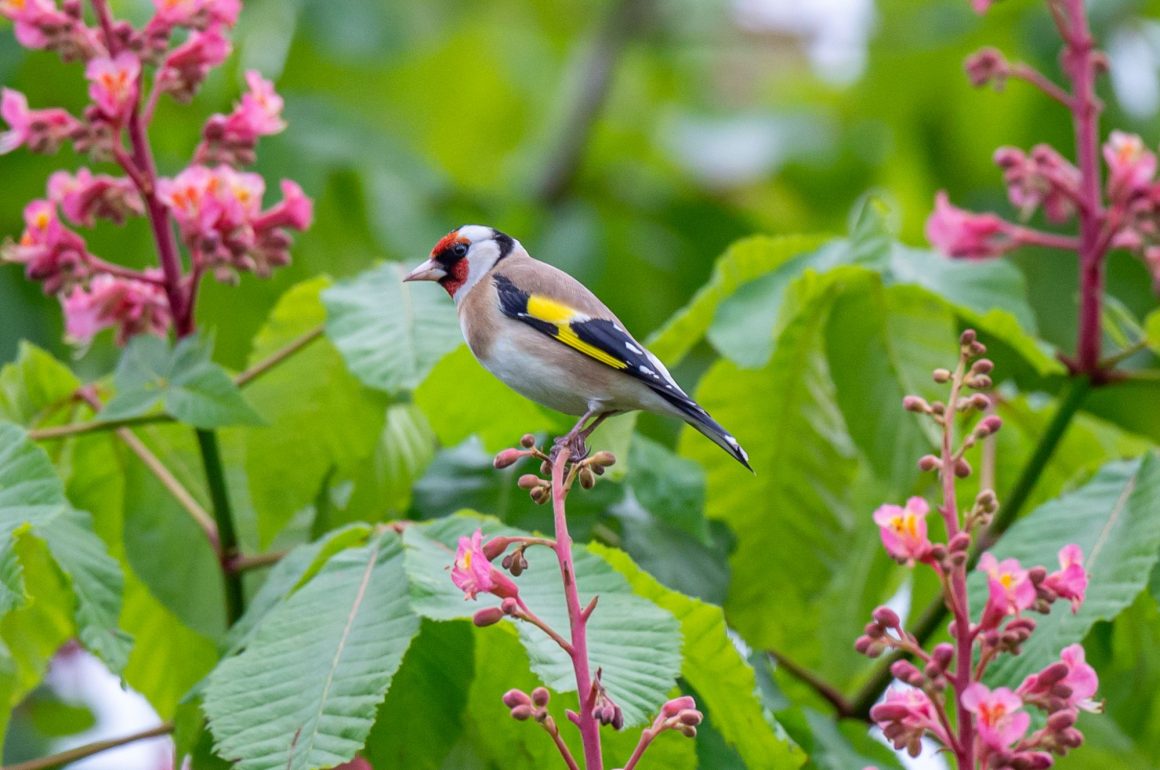
In a recent post, I already covered some impressions of birding in Bonn in spring. But since this is easily the place where I go birding most frequently (if you’re allowed to call a stroll around the block birding!), I noticed that many birds had moved from setting up territories and breeding to feeding chicks, I thought it would be worth sharing some more observations.
Although I once saw a group of Barn Swallows pass overhead a few weeks earlier, these birds were clearly on passage only as there was no sign of this species since. Eventually however, a large group was hunting insects over the pond in the nearby park, showing off their shimmering metal-blue backs. Several Common House-Martins joined, and a single Sand Martin, my first for the park, also tagged along.
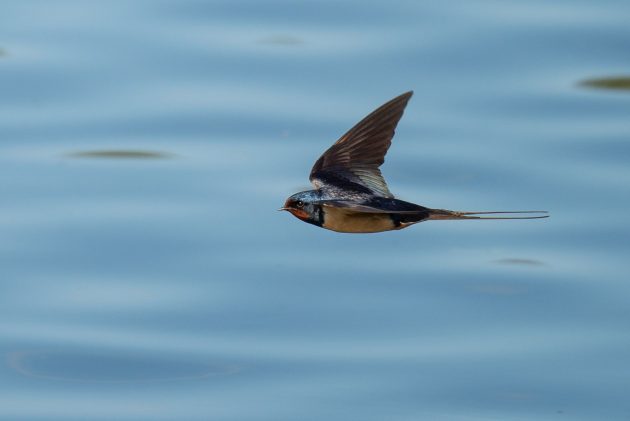
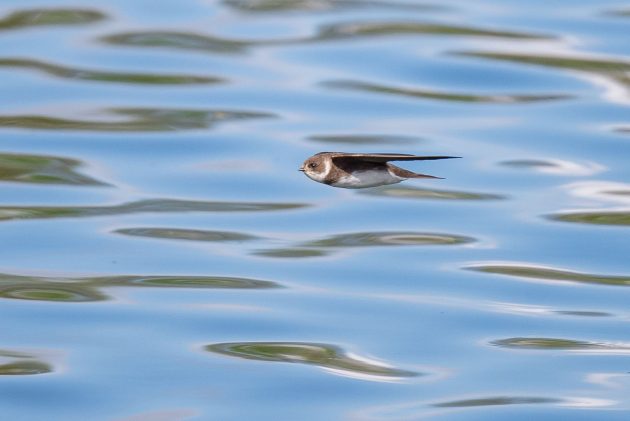
Elsewhere in our local park, it was clear that the nesting activity was in full swing, with many birds flying around with beaks full of food for their chicks. When they were not flying, it seemed like most birds were stuffing their beaks full of provisions to later on bring to the nest. Ring-necked Parakeets are one example, busily taking apart the seeds of a maple tree in front of our house.
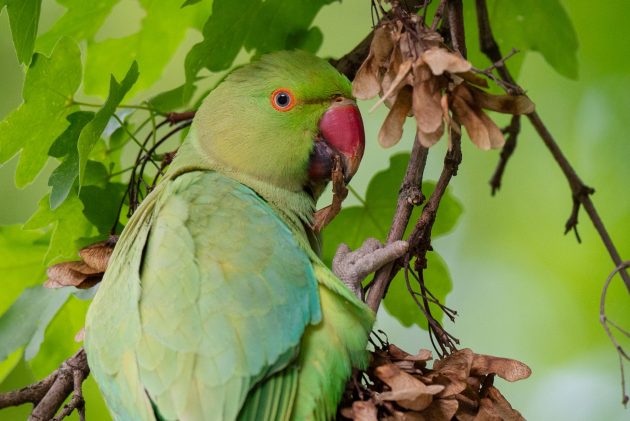
On the lawns, I enjoyed watching Fieldfares collecting caterpillars that fell from the trees together with earthworms and other insects they found along the way. Given that so much energy is spent foraging and at other times it seems that birds need to feed whenever they can, it’s impressive that these birds patiently foraged for their offspring with without feeding on any of the caterpillars themselves. European Robins were the same, and the pressure to collect food made them even more approachable than at other times.
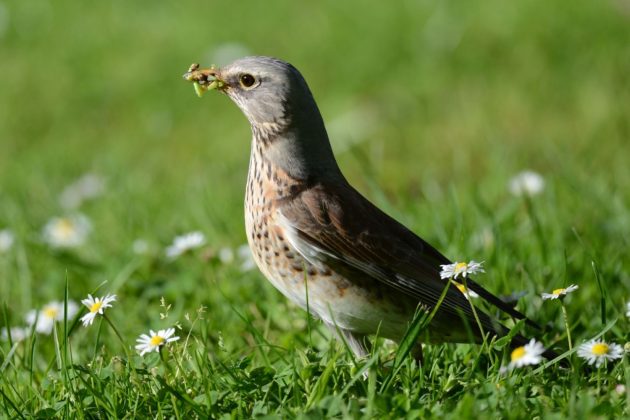
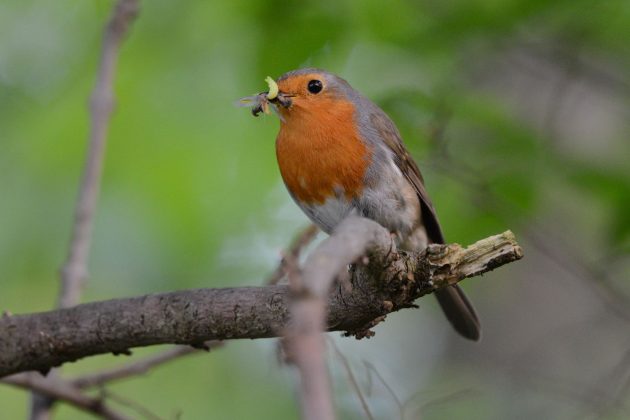
Back to the water, where Egyptian Goose, Greylag Goose, and Canada Goose were all followed by various numbers of fluffy chicks. While they were adorable, I could not suppress a slight concern as goose populations in the park are already through the roof. Interestingly, a Gadwall that was around for a few days drew the favour of a Mallard chick, which decided to not follow its parents but choose another species as a guide. It must’ve been disappointed when the Gadwall decided to move on.
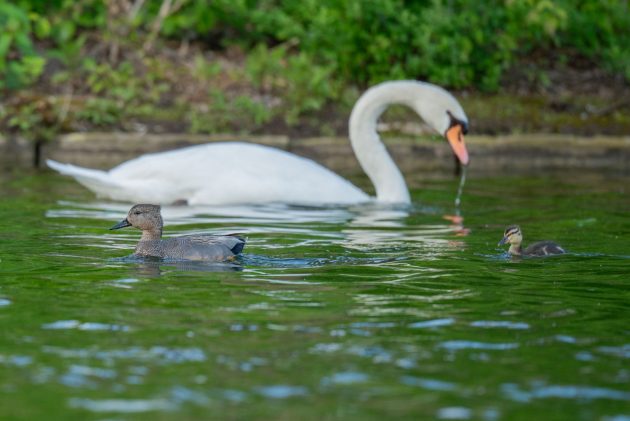
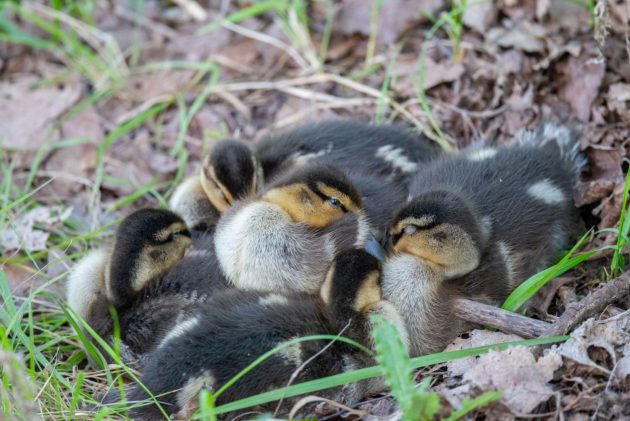
Some other birds were enjoyable to watch as well at this time, including European Goldfinches which were also more approachable than usually, Hawfinch, Eurasian Oystercatcher (which shows up a few times each year), and a Wood Sandpiper, also not the most common species here.
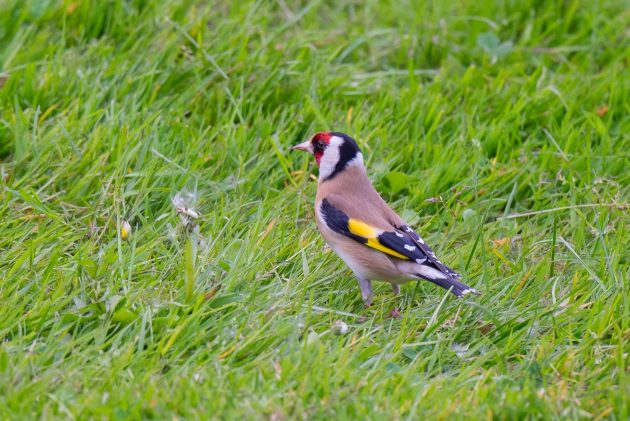
Seeing the dynamics of a bird community change over time is one of the pleasures of visiting the same site regularly over several months. Although I’d prefer my local patch to be a more exciting natural wetland or woodland, the immediate proximity to my house is a big advantage and I doubt I would be outside as often if I had to travel for a while. This makes me wonder whether I’m really lazy or really busy – I hope it’s the latter!



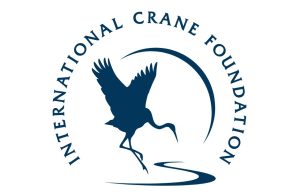







Nice in-flight pictures of the Swallow and Sand Martin, tried many times but can’t quite get there yet!
Excellent.